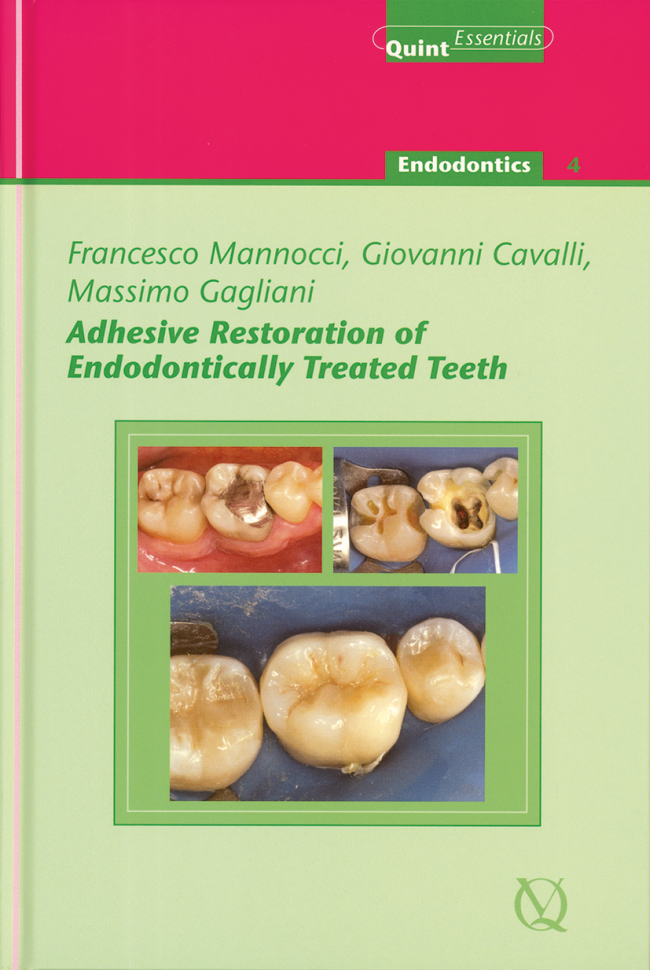International Journal of Esthetic Dentistry (EN), 4/2017
PubMed-ID: 28983535Seiten: 524-535, Sprache: EnglischScotti, Nicola / Cavalli, Giovanni / Gagliani, Massimo / Breschi, LorenzoNowadays, adhesive dentistry is a fundamental part of daily clinical work. The evolution of adhesive materials and techniques has been based on the need for simplicity in the step-by-step procedures to obtain long-lasting direct and indirect restorations. For this reason, recently introduced universal multimode adhesives represent a simple option for creating a hybrid layer, with or without the use of phosphoric acid application. However, it is important to understand the limitations of this latest generation of adhesive systems as well as how to use them on coronal and radicular dentin. Based on the findings in the literature, universal multimode adhesives have shown promising results, even if the problem of hybrid layer degradation due to the hydrolytic activity of matrix metalloproteinases (MMPs) still exists. Studies are therefore required to help us understand how to reduce this degradation.
International Journal of Esthetic Dentistry (DE), 4/2017
Seiten: 516-527, Sprache: DeutschScotti, Nicola / Cavalli, Giovanni / Gagliani, Massimo / Breschi, LorenzoAdhäsive Restaurationen sind mittlerweile ein grundlegender Bestandteil der täglichen zahnärztlichen Arbeit. Weil der Wunsch nach einer Vereinfachung der Protokolle für direkte und indirekte Versorgungen mit langfristiger Bewährung besteht, werden adhäsive Materialien und Techniken entsprechend weiterentwickelt. Kürzlich eingeführte Multi-mode-Adhäsive bieten eine simple Möglichkeit dafür, eine Hybridschicht zu erzeugen, und zwar sowohl mit als auch ohne das Ätzen mit Phosphorsäure. Dabei ist es notwendig, die Grenzen dieser jüngsten Generation von Adhäsivsystemen zu kennen und zu verstehen, wie sie auf Kronen- und Wurzeldentin anzuwenden sind. Die Daten in der Literatur bestätigen für Multi-mode-Universaladhäsive vielversprechende Ergebnisse, auch wenn das Problem der Hybridschicht-degradation aufgrund der Aktivität von Matrix-Metalloproteinasen weiterbesteht. Um zu verstehen, wie diese Degradation verhindert werden kann, sind weitere Untersuchungen gefragt.




